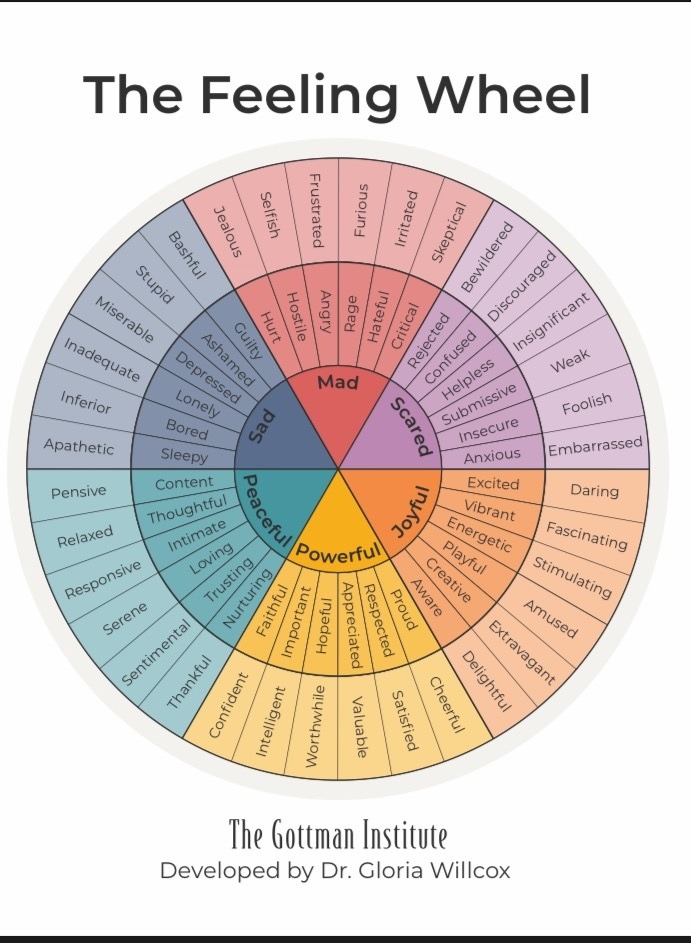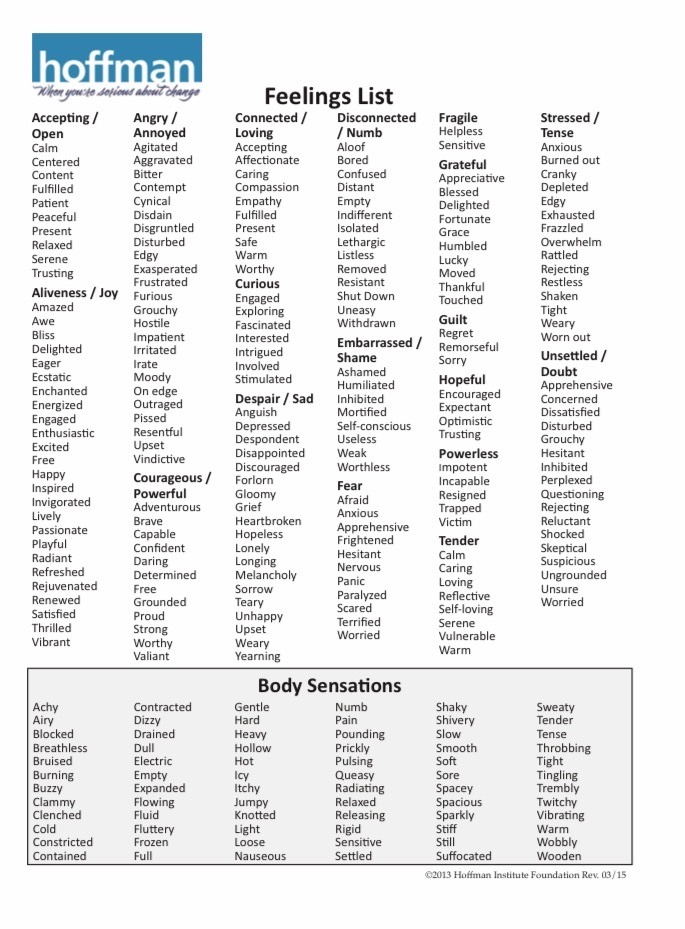
Written By Dr Melissa Keogh, Clinical Psychologist
By definition, feelings are emotional states and broadly speaking, encompass sensations such as fear, anger, sadness, joy, surprise, guilt and love.
As a psychologist much time is spent assisting clients to recognise, label and sit with feelings. It is the cornerstone of the therapeutic journey and an important aspect of emotional health and intelligence.
Indeed, it is very difficult to lead an authentic and healthy lifestyle if one is not honest with oneself on an emotional level.
Many times we disconnect from our feelings or push them down in order to avoid feeling hurt or in pain, often resulting in destructive behaviours such as alcohol addiction, gambling, and eating disorders. Working excessively long hours is a common way to avoid feelings as is smart phone addiction.
Being disconnected from our feelings also makes honest communication at home, in the workplace and with friends and family more difficult and relationships are ultimately negatively impacted.
So how exactly does one tune into their feelings? Let’s take a closer look.
STEP ONE – GIVE IT A NAME (Tuning Into Feelings)
The first step involves labelling and rating the intensity of our feelings.
I will often ask clients to describe their feelings in relation to various triggering events in very specific rather than general terms so we can dig down and pin point their emotional experience more accurately. I do this because, as science shows, clearly labelling feelings (e.g., stating “I feel hopeless”)- a term referred to as affect labelling- can reduce levels of distress .
For example if a client reveals they are feeling “hurt” about their partner’s behaviour at a recent dinner party we will together further explore the emotion until a more specific feeling such as “betrayal” is elicited.
Once we are aware of the name of the feeling repeating it in a sentence, such as “I feel betrayed” aloud or writing it down can also be helpful. I also encourage clients to rate the intensity of their feelings from 0-100 to get an idea of the scale of the situation.
But what if we don’t know how we feel? Good question.
I often use a Feelings List with clients in these situations, which is exactly that – a long list of feelings. And if more than one feeling applies to a situation I encourage clients to name each one. We are not just looking for negative feelings here either, it’s incredibly important to acknowledge positive emotions – daily if possible.
The Hoffman Institute have a list that is useful and includes bodily sensations as well.

Another method to assist in labelling feelings is The Gottman Institute’s The Feeling Wheel which can be downloaded and placed around the home.

STEP TWO – EXPLORE THE FEELING
The second step is to scan the body and locate where the feeling/s are located. This exercise is derived from a therapy called Acceptance and Commitment Therapy, part of which includes mindfully locating, exploring, sitting with and allowing room for emotions (www.actmindfully.com.au).
To undertake this task, I ask clients to sit down, close their eyes, take a few deep breaths and just notice where in their body they are feeling the emotion in question.
Clients are asked to draw an imaginary boundary around the area to determine the shape and size of the feeling and to consider if the shape is circular or square like and whether it has smooth or jagged edges?
Next we explore whether the sensation has a colour, and whether that colour is bright or dull, as well as its exact shade (i.e., emerald green or fluorescent red).
We also explore whether the sensation is pulsating or still, if it’s hot or cold and importantly, we do all of this in a curious and non judgmental way.
Finally, we take some slow deliberate breaths in and as we do so, we imagine breathing into and around the feeling/ area of tension and in doing so give it some room and space to exist.
The goal here is to open up, sit with and accept emotions as opposed to dismissing or struggling with them, and ultimately to let them ‘be’.
It’s a very powerful exercise and I encourage clients only to practice this for as long as they feel safe to do so. Usually a few minutes will suffice.
To end the exercise, gently open the eyes.
It’s important to note that sometimes painful feelings can arise that require professional assistance. If you find you need assistance to manage any such feelings, The Australian Psychological Society Find a Psychologist service may be helpful.



